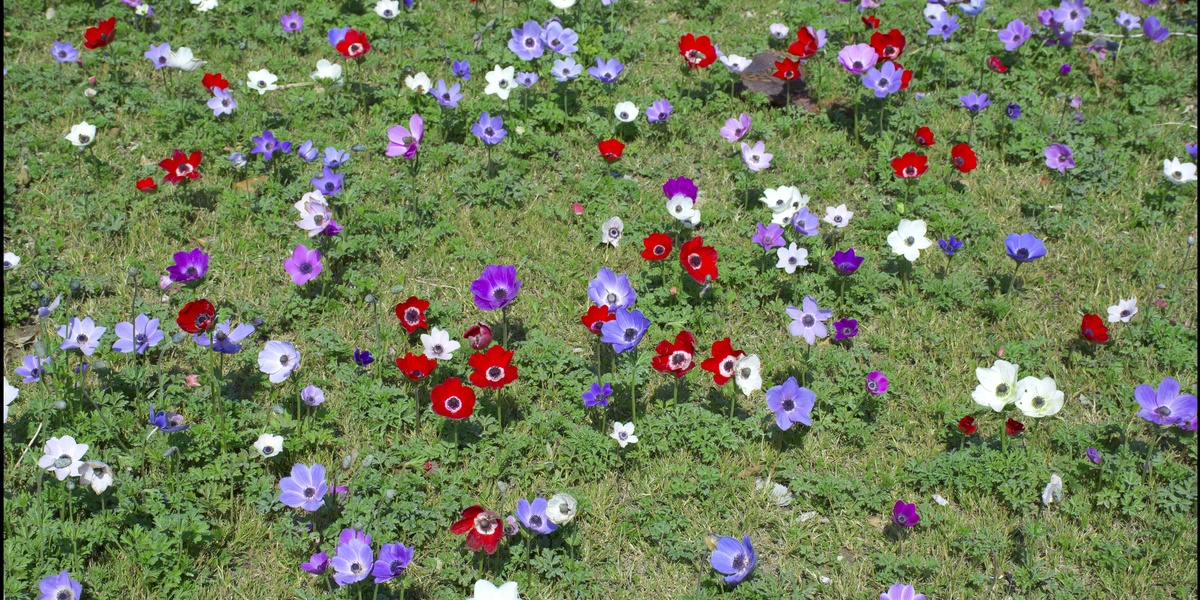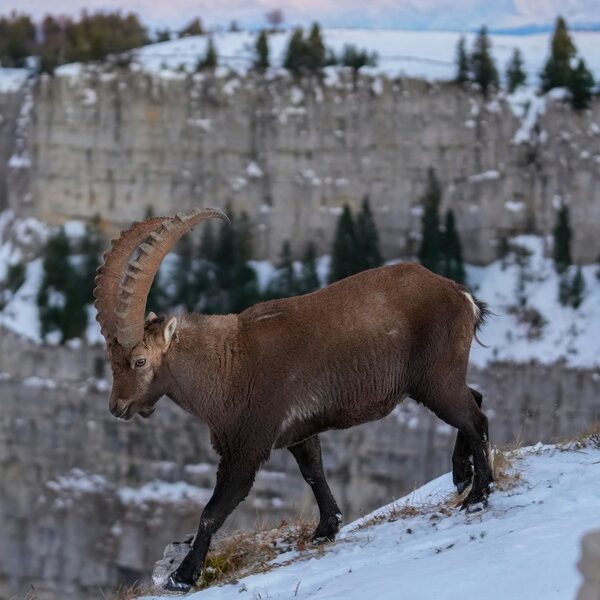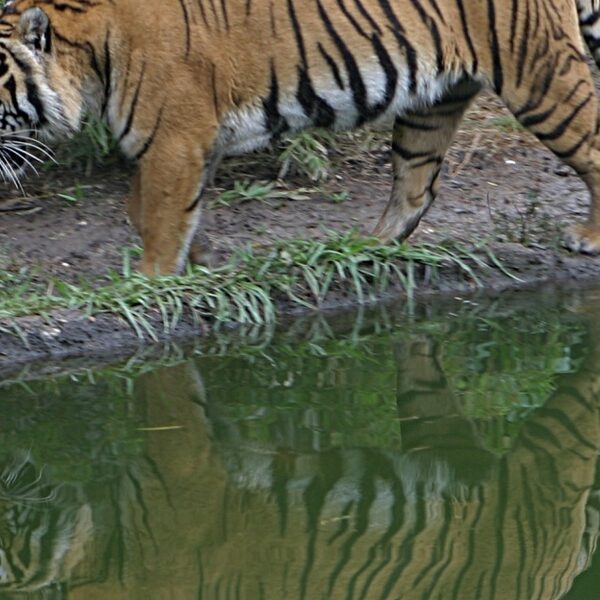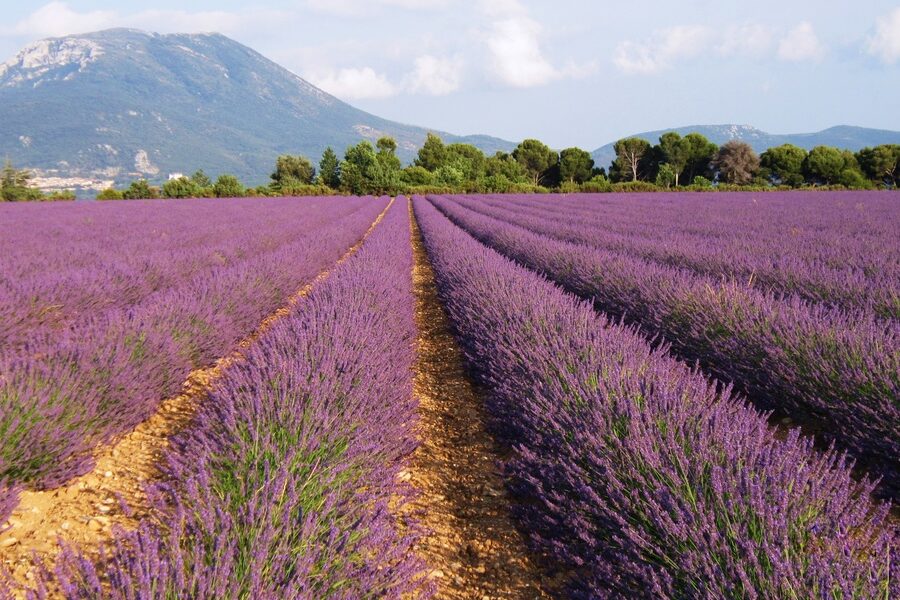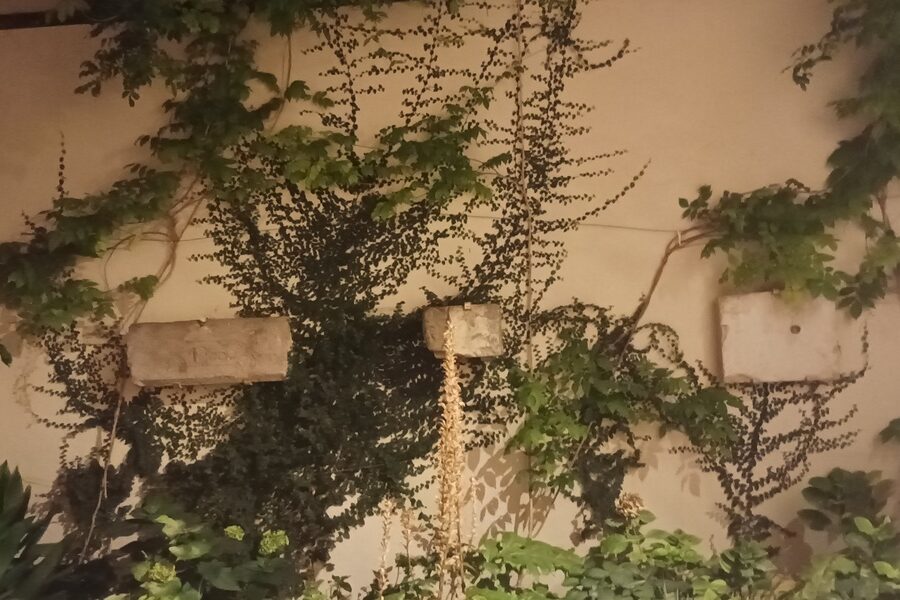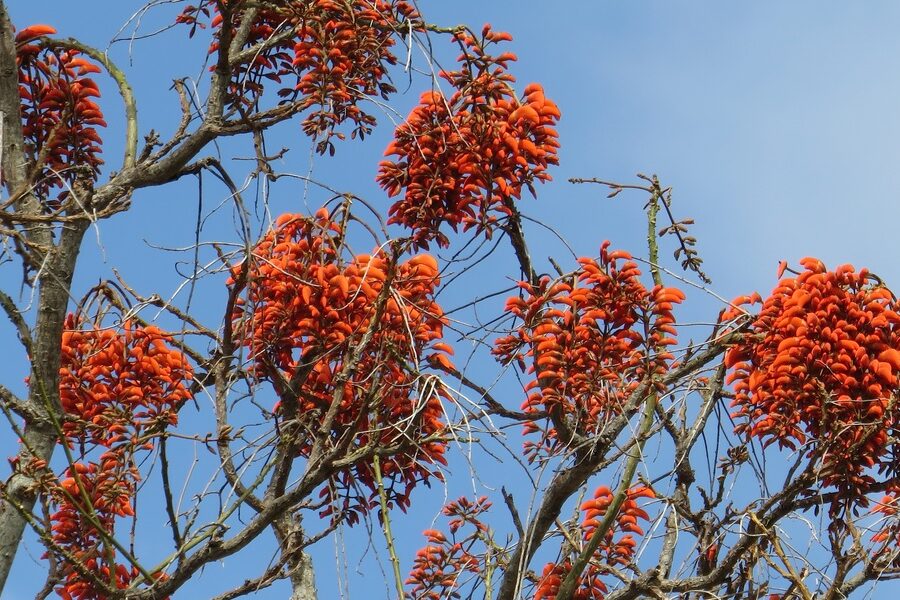Syria’s landscapes—from the Mediterranean coast and fertile plains to mountain slopes and semi-arid steppes—support a surprising variety of wild plants that have been part of local life for millennia. Seasonal rains and elevation changes create pocket habitats where different flowers thrive.
There are 36 Flowers of Syria, ranging from Aleppo Jasmine to Wild Almond. For each entry you’ll find below: Scientific name,Habitat/region,Bloom time to help with identification and planning, and the list is ordered to show that geographic and seasonal spread you’ll find below.
When is the best time to see these flowers across Syria?
Most species bloom in spring after winter rains (typically March–May), with mountain and high-elevation species peaking a bit later and coastal or mild-climate plants sometimes flowering earlier or again in autumn; check the Bloom time column for each species and match it to the Habitat/region for the best viewing windows.
How can I use this list to identify a flower in the field?
Start by noting where and when you found the plant, then compare habitat and bloom time from the list to narrow candidates; use the Scientific name to look up photos or field guides, take clear photos of leaves and flowers, and consult local experts or apps for confirmation while avoiding disturbance of sensitive sites.
Flowers of Syria
| Name | Scientific name | Habitat/region | Bloom time |
|---|---|---|---|
| Damask Rose | Rosa damascena | Cultivated in Ghouta oasis near Damascus and rural areas. | May–Jun |
| Syrian Tulip | Tulipa agenensis | Grassy slopes, fields, and vineyards, especially in western Syria. | Mar–Apr |
| Crown Anemone | Anemone coronaria | Meadows, olive groves, and rocky hillsides throughout western Syria. | Feb–Apr |
| Black Iris of Bosra | Iris bostrensis | Basalt desert plains of the Hauran region in southern Syria. | Mar–Apr |
| Aleppo Jasmine | Jasminum sambac | Commonly cultivated in gardens and courtyards, especially in Aleppo and Damascus. | Jun–Sep |
| Persian Cyclamen | Cyclamen persicum | Shaded woodlands and rocky areas, particularly in the coastal mountains. | Nov–Apr |
| Judas Tree | Cercis siliquastrum | Woodlands, hills, and commonly planted in parks and gardens. | Mar–Apr |
| Pomegranate | Punica granatum | Widely cultivated in orchards and gardens across Syria. | May–Jul |
| Oleander | Nerium oleander | Riverbeds, wadis, and widely cultivated as an ornamental hedge. | May–Sep |
| Common Poppy | Papaver rhoeas | Cereal fields, roadsides, and disturbed ground nationwide. | Apr–Jun |
| Field Gladiolus | Gladiolus italicus | Cereal fields, olive groves, and grassy areas. | Apr–Jun |
| Crown Daisy | Glebionis coronaria | Fields, roadsides, and coastal areas in western Syria. | Mar–May |
| Syrian Marjoram | Origanum syriacum | Rocky Mediterranean hillsides and mountains in western Syria. | Jun–Sep |
| Sea Daffodil | Pancratium maritimum | Sandy coastal dunes along the Mediterranean shore. | Aug–Oct |
| Autumn Mandrake | Mandragora autumnalis | Rocky ground, fields, and ruins in western Syria. | Sep–Feb |
| Milk Thistle | Silybum marianum | Roadsides, fields, and disturbed land across the country. | Apr–Jul |
| Turban Buttercup | Ranunculus asiaticus | Damp meadows and fields in the Mediterranean parts of Syria. | Mar–May |
| Wild Almond | Prunus amygdalus var. amara | Rocky hillsides in the Anti-Lebanon mountains and other uplands. | Feb–Mar |
| Syrian Thistle | Onopordum syriacum | Dry, rocky slopes and fields in inland regions. | Jun–Aug |
| Palestinian Arum | Arum palaestinum | Shady, rocky places and woodlands in western Syria. | Mar–Apr |
| Hollyhock | Alcea setosa | Hillsides and scrubland in the Mediterranean region. | May–Jul |
| Star of Bethlehem | Ornithogalum narbonense | Fields, olive groves, and open woodlands. | Apr–May |
| Bumblebee Orchid | Ophrys bombyliflora | Grassy areas and garrigue in western Syria. | Mar–Apr |
| Chicory | Cichorium intybus | Roadsides, fields, and wastelands, very common. | Jun–Oct |
| Syrian Sage | Salvia syriaca | Dry, rocky slopes and steppes in inland areas. | May–Jun |
| Henbane | Hyoscyamus aureus | Old walls, ruins, and rocky crevices, often growing vertically. | Mar–Jul |
| Cretan Rockrose | Cistus creticus | Mediterranean scrubland (garrigue) on coastal mountains. | Apr–Jun |
| Spiny Broom | Calicotome villosa | Hillsides and open forests in the coastal mountains. | Feb–Apr |
| Common Mallow | Malva sylvestris | Roadsides, waste ground, and fields everywhere. | Apr–Sep |
| Paperwhite Narcissus | Narcissus papyraceus | Damp meadows and near streams in coastal regions. | Dec–Feb |
| Autumn Crocus | Crocus cancellatus | Rocky hillsides and open woods, especially in mountainous regions. | Sep–Nov |
| Prickly Alkanet | Anchusa strigosa | Dry fields and roadsides, especially common in the Hauran. | Apr–Jun |
| Stork’s-bill | Erodium gruinum | Fields and roadsides in western and central Syria. | Mar–May |
| Safflower | Carthamus tinctorius | Cultivated in fields, especially in the Jazira region. | Jun–Jul |
| Syrian Cornflower | Centaurea syriaca | Dry hills and steppes in central and eastern Syria. | May–Jul |
| Germander | Teucrium polium | Dry, sunny, and rocky habitats throughout the country. | May–Aug |
Images and Descriptions
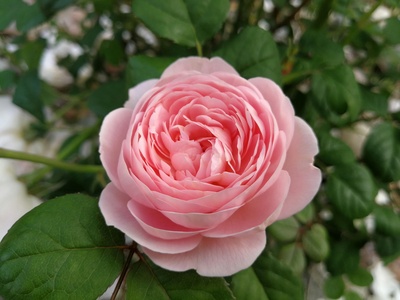
Damask Rose
This iconic, fragrant pink rose is a cornerstone of Syrian culture. Its intensely perfumed petals are harvested at dawn to produce treasured rose oil and rose water, and it is celebrated in festivals as the “Sultan of Flowers”.
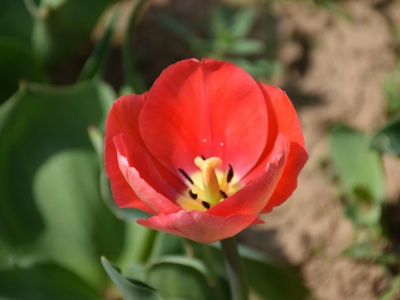
Syrian Tulip
A stunning wild tulip with flame-red, pointed petals that feature a black and yellow blotch at their base. Its brilliant color makes it a spectacular sight in the spring landscape, often growing among crops or on sunny hillsides.
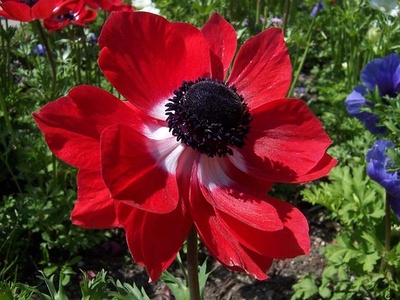
Crown Anemone
These cheerful, poppy-like flowers carpet the ground in early spring. They display a dazzling array of colors, including vibrant red, deep purple, blue, and white, often growing in vast, multi-colored colonies.
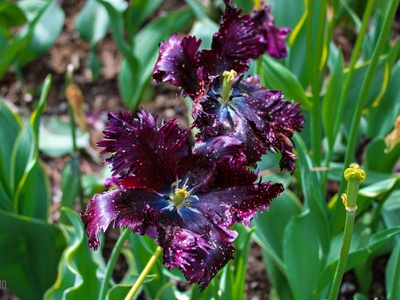
Black Iris of Bosra
A rare and dramatic endemic flower with velvety, deep purple-black petals. This stunning iris is uniquely adapted to the harsh volcanic soils of southern Syria and is a highly sought-after sight for botanists and nature lovers.
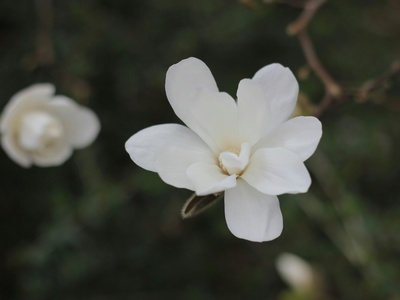
Aleppo Jasmine
Known for its intensely fragrant, small white flowers that bloom in clusters. The iconic, sweet scent of jasmine permeates Syrian cities on summer evenings, with blossoms often used for perfume, tea, and garlands.
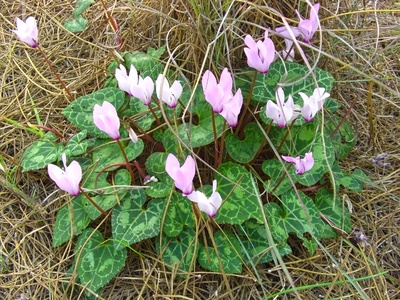
Persian Cyclamen
This charming wildflower features delicate, swept-back petals in shades of white to pink, with a deep magenta blotch at the base. Its heart-shaped, silver-marbled leaves are just as attractive as its elegant blooms.
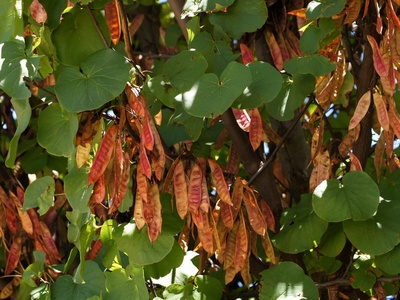
Judas Tree
A spectacular sight in spring when its bare branches and even the trunk become covered in masses of brilliant purplish-pink flowers. This happens just before its distinctive heart-shaped leaves emerge.
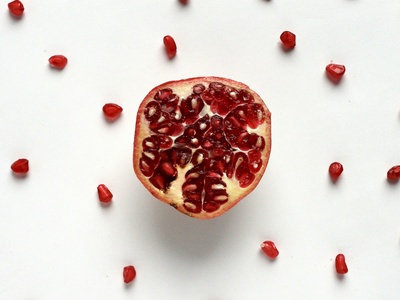
Pomegranate
Famous for its fruit, the pomegranate tree first produces stunning, waxy, trumpet-shaped flowers of a brilliant reddish-orange. These vibrant blossoms are a beautiful feature of the Syrian summer landscape before they mature into fruit.
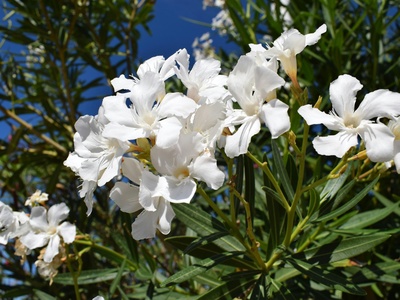
Oleander
An evergreen shrub that produces abundant clusters of showy flowers in shades of pink, white, or red. While beautiful and drought-tolerant, it’s important to remember that all parts of the oleander plant are highly poisonous.
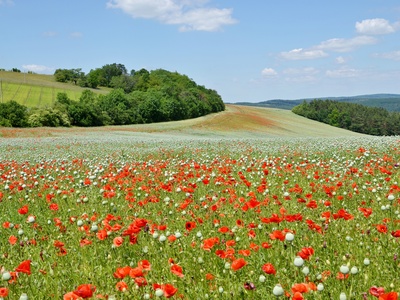
Common Poppy
The classic wildflower with delicate, paper-thin red petals, often marked with a black spot at the base. After winter rains, it can transform entire fields and meadows into a breathtaking sea of vibrant red.
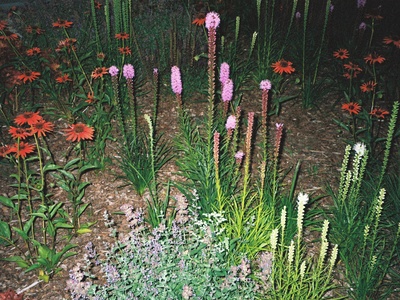
Field Gladiolus
This elegant wildflower, also known as Italian Gladiolus, produces a tall, one-sided spike of bright magenta-pink, funnel-shaped flowers. It stands out beautifully among the green grasses and crops of late spring.
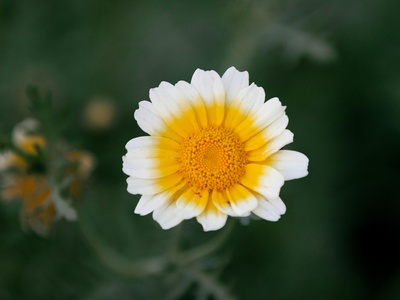
Crown Daisy
A cheerful, sun-loving wildflower that can form dense, brilliant yellow carpets. Its classic daisy-like flower heads have bright yellow ray petals surrounding a slightly darker yellow central disc. The young leaves are sometimes eaten in salads.
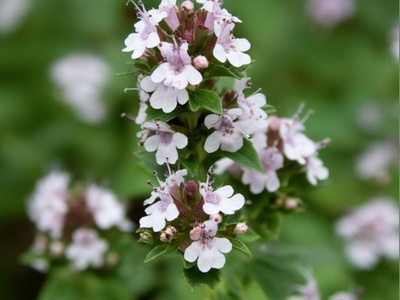
Syrian Marjoram
Better known locally as Za’atar, this essential culinary herb produces small, delicate white to pale pink flowers arranged in dense whorls. Its aromatic leaves are more famous than its flowers, but the blooms are vital for pollinators.
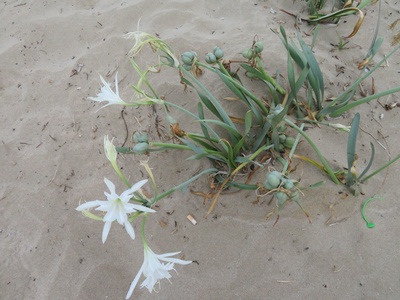
Sea Daffodil
Emerging miraculously from the hot sand in late summer, this stunning, lily-like plant produces large, fragrant, pure white flowers. Its elegant, star-shaped blooms open in the evening and are a magical sight on the coast.
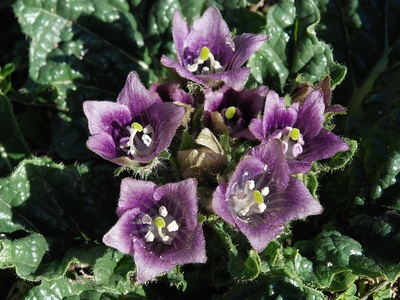
Autumn Mandrake
A plant steeped in folklore, the mandrake produces bell-shaped, violet-purple flowers that bloom close to the ground. They emerge from the center of a rosette of large, dark green leaves during the autumn and winter months.
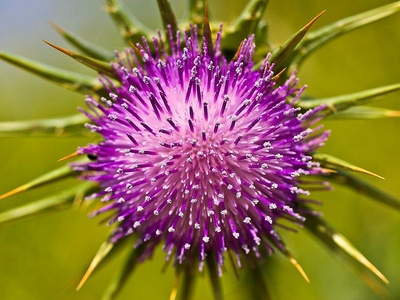
Milk Thistle
A robust and striking thistle easily identified by its spiny leaves featuring distinctive milky-white veins. It is topped by a large, bright purple flower head, and has a long history of use in traditional medicine.
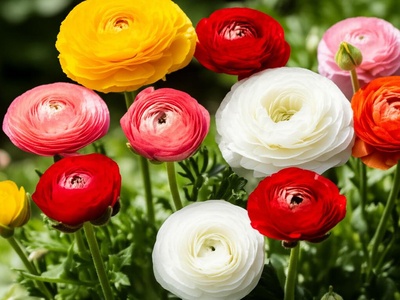
Turban Buttercup
The wild ancestor of the popular garden ranunculus, this species boasts large, glossy, multi-petaled flowers. Wild populations display a beautiful range of colors, including red, yellow, pink, and white, making them a jewel of the springtime flora.
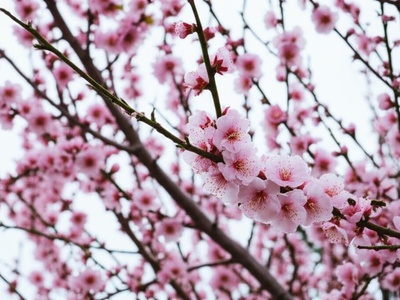
Wild Almond
One of the very first trees to blossom, heralding the end of winter. Its branches are covered in a cloud of fragrant, delicate pale pink to white flowers long before its leaves appear, providing a vital early food source for bees.
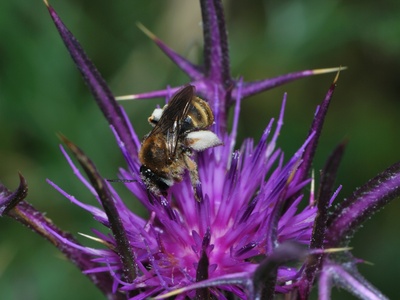
Syrian Thistle
A tall, imposing thistle with a silvery appearance due to a covering of dense, white, woolly hairs. It produces large, solitary purple flower heads on winged, spiny stems, making it a dramatic feature of the summer landscape.
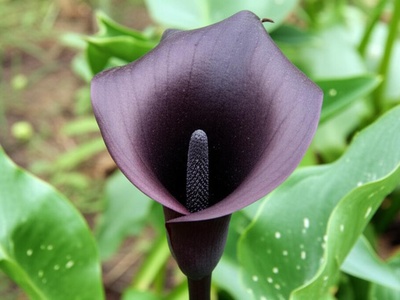
Palestinian Arum
Also known as the Black Calla Lily, this plant has a unique and dramatic flower. It consists of a deep velvety, purplish-black hood (spathe) that envelops a dark central spike (spadix), creating a truly striking appearance.
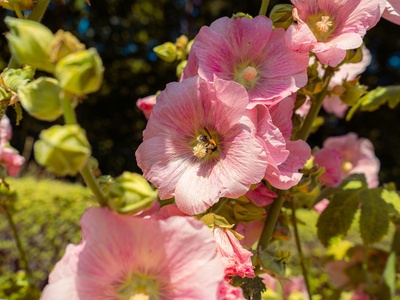
Hollyhock
This tall, stately plant commands attention with its impressive spike of large, hibiscus-like flowers. The blooms are typically a beautiful shade of deep pink to mauve and create a bold vertical statement in the landscape.
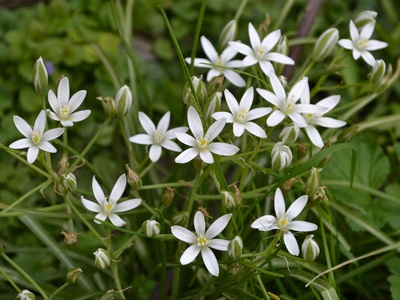
Star of Bethlehem
This elegant bulb produces a tall stem crowded with many star-shaped white flowers. Each petal has a characteristic green stripe on its reverse side. The flowers open sequentially from the bottom of the stalk to the top.
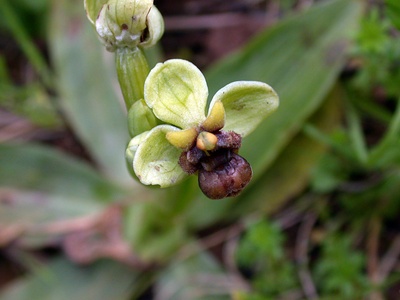
Bumblebee Orchid
A small but fascinating orchid renowned for its mimicry. The flower’s central petal is fuzzy, rounded, and brown, perfectly resembling a female bumblebee to trick male bees into pollinating it. It is a marvel of evolution.
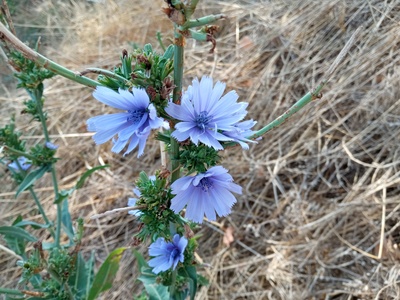
Chicory
This hardy perennial is known for its beautiful sky-blue, daisy-like flowers that famously open with the morning sun and close by afternoon. Its roasted root is also famously used as a coffee substitute.
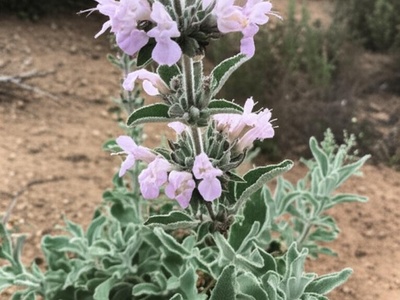
Syrian Sage
A robust sage species adapted to arid environments. It has wrinkled, grayish leaves and tall spikes bearing whorls of small, whitish to pale lilac flowers. The entire plant is aromatic, especially when crushed.
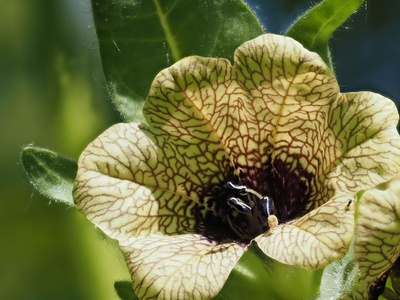
Henbane
A beautiful but poisonous plant with sticky leaves and distinctive funnel-shaped flowers. The blooms are a creamy yellow with a striking, deep purple throat, often seen hanging from ancient stone walls.
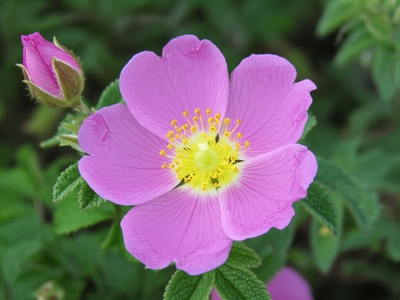
Cretan Rockrose
This low-growing, aromatic shrub produces a profusion of lovely flowers. Each bloom has delicate, crumpled-looking pink to purplish petals surrounding a bright yellow center of stamens, lasting only for a day.
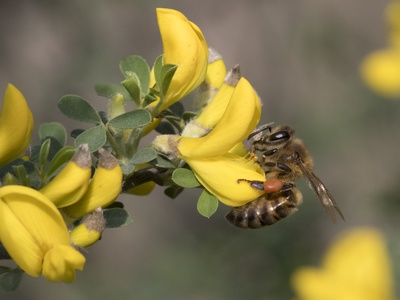
Spiny Broom
In early spring, this densely spiny shrub undergoes a dramatic transformation, becoming completely covered in fragrant, bright yellow pea-like flowers. It creates stunning patches of gold on the landscape.
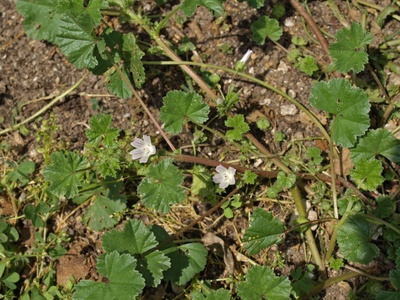
Common Mallow
A very common and recognizable wildflower with pretty, five-petaled flowers in shades of pinkish-purple. The petals are marked with distinctive darker purple veins that act as nectar guides for pollinating insects.
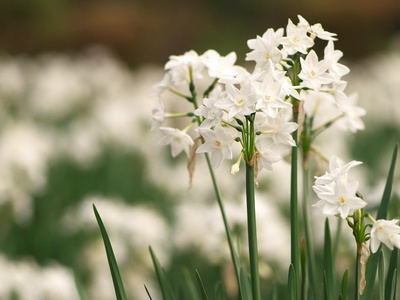
Paperwhite Narcissus
This early-blooming narcissus brings beauty and fragrance to the winter months. It produces clusters of pure white, intensely perfumed flowers on a single stem, brightening up the landscape when little else is in bloom.
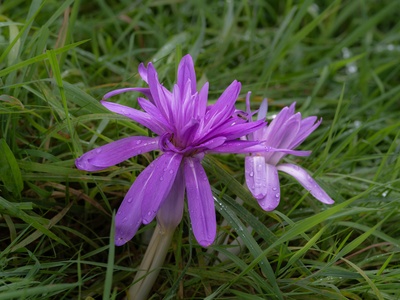
Autumn Crocus
Unlike its spring-blooming cousins, this delicate crocus flowers in the autumn, often after the first rains. Its lovely lilac to violet petals open to reveal prominent, bright orange, branched stigmas.
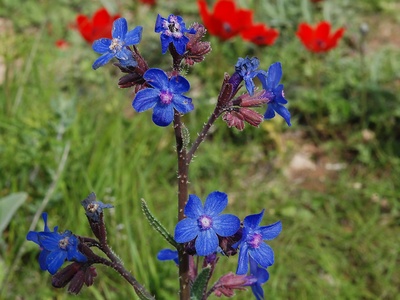
Prickly Alkanet
A coarse, bristly plant that produces stunning, intensely blue flowers. The small, funnel-shaped blooms are arranged in curled spikes and their vibrant color provides a startling contrast against the dry, sun-baked landscape.
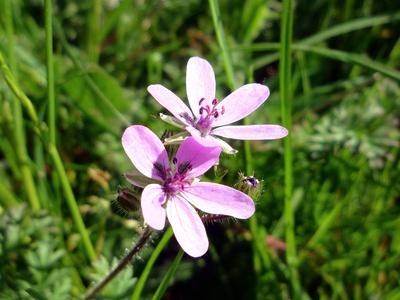
Stork’s-bill
This plant is named for its remarkable seed pod, which is long and pointed like a stork’s bill. It produces relatively large and attractive violet-blue flowers with five petals, adding a splash of cool color to grassy areas.
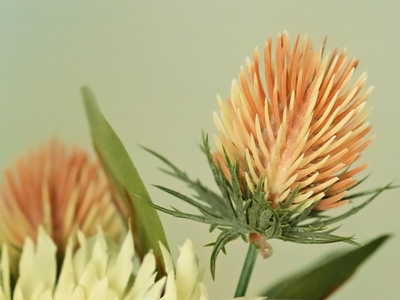
Safflower
A thistle-like annual grown for its oil-rich seeds and its flowers. The globular flower heads are a fiery ball of yellow, orange, or red florets, which have historically been used to produce a natural dye.
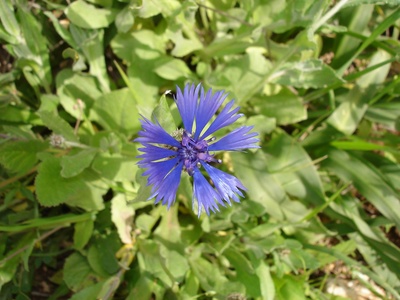
Syrian Cornflower
A type of knapweed adapted to arid conditions. It has spiny bracts below its thistle-like flower head, which is typically pink or purple. It is a hardy plant, providing color in regions where other flowers struggle to grow.
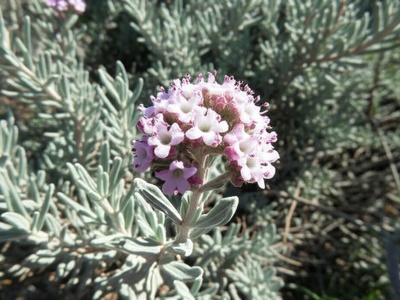
Germander
A small, aromatic shrublet with woolly, grayish-white foliage that helps it conserve water. It produces dense, small heads of tiny white or pale pink flowers and is a characteristic plant of the dry Mediterranean landscape.
